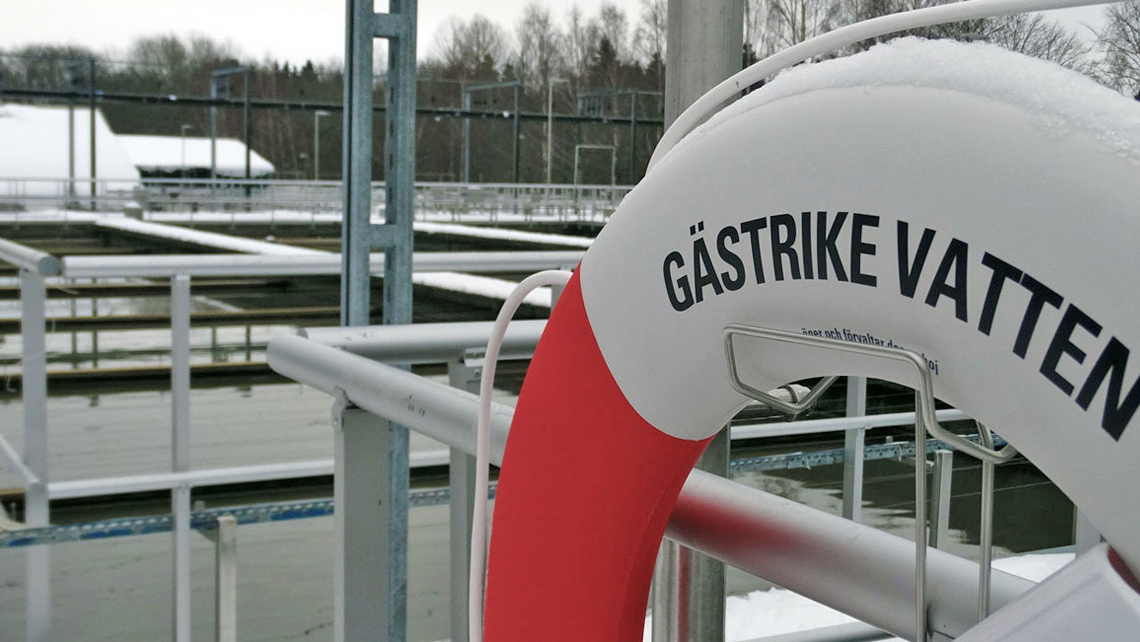
“If we fail at this, SS in the centrate that is sent back to the biological treatment stage will overload that stage with solids and upset the operations,” says Peo. “We are limited in our biological treatment, so SS in the centrate must be below 400 mg/l to keep us from overloading its capacity. At the same time, any solids that go back are being treated twice, which involves extra costs for energy, nutrients and chemicals. Our priority is to keep our SS as low as possible. It is much better that the suspended solids leave with the sludge.” In addition to the reject water quality target, Gästrike Vatten has set the target for the dry solids to 23-25%.
Testing new solutions
With the aim to get below the 400 mg/l target, Peo worked with his local Kemira contact, Thomas Gustafsson, on lab tests to see if there was a polymer that would retain more of the fine particulate matter with the sludge, and thereby reduce the SS in the reject water.
“We worked step-by-step together on our testing at Gästrike Vatten,” explains Thomas. “Peo let us do a little lab work with a new polymer we were developing. When those results showed potential to get the clean filtrate they wanted, I got the chance to do further, full-scale tests.”
The full-scale tests were not an immediate success. “The polymer was in powder form,” explains Thomas, “and it would clump together when it was being dispersed in water. We didn’t give up but carried on trying to find a solution.”

Finding the right formula for success
The polymer is Kemira Superfloc® XD, which is designed to produce extra-dry sludge. When the clumping issue arose, Thomas got in touch with Susanna Holappa, Sr Research Scientist at Kemira’s laboratory in Espoo, Finland, who is specialized in the development of polymer chemistries.
Superfloc XD is what is known as a polymer with three-dimensional structure, and once Susanna got involved she was quickly able to make some modifications in the chemical structure to solve the dispersion problem. The reformulated polymer was then applied. It was a success; Peo was pleased to see excellent results in terms of SS and water quality. The plant has been running Superfloc XD since 2017 and it has continuously stayed below the SS target of 400 mg/l.
“We have around 250-300 mg/l in summer and maybe up to 350-400 mg/l in winter,” states Peo. “We are not only buying a Kemira product that offers us good performance but also a service – the expertise, knowledge and support we get from someone like Thomas, our Kemira sales rep. We know if we need help, we get it quickly since Kemira’s very broad range of products and knowledge means they usually have experience to solve complex challenges that come up. That is very valuable for us.”
“We know if we need help, we get it quickly since Kemira’s very broad range of products and knowledge means they usually have experience to solve complex challenges that come up. That is very valuable for us.”
Peo Sundstrand

